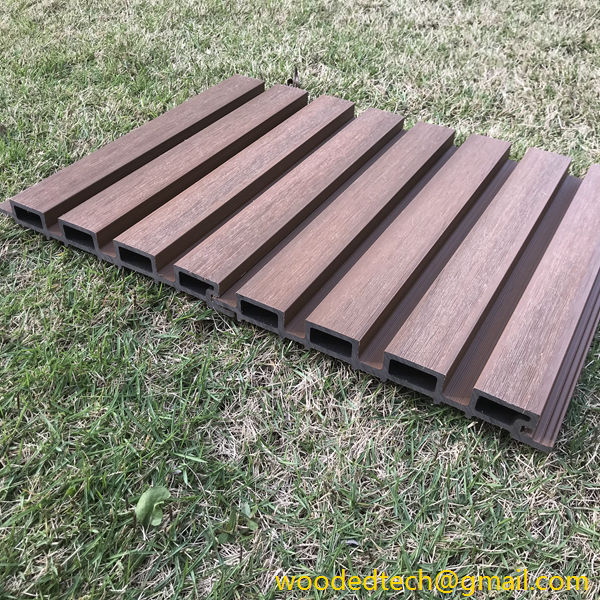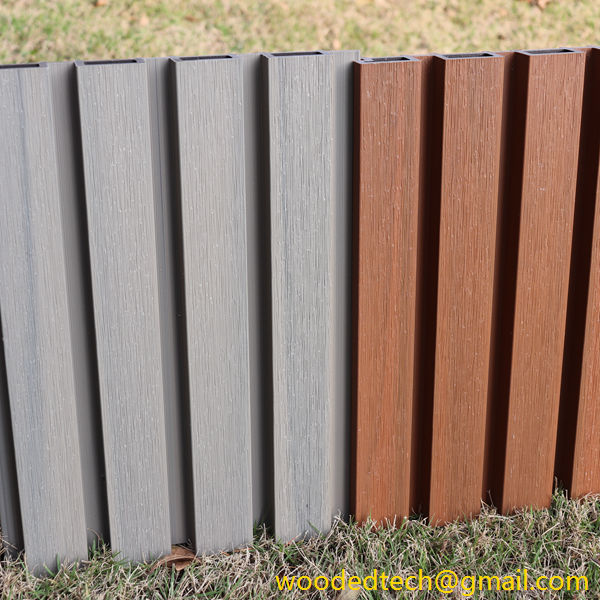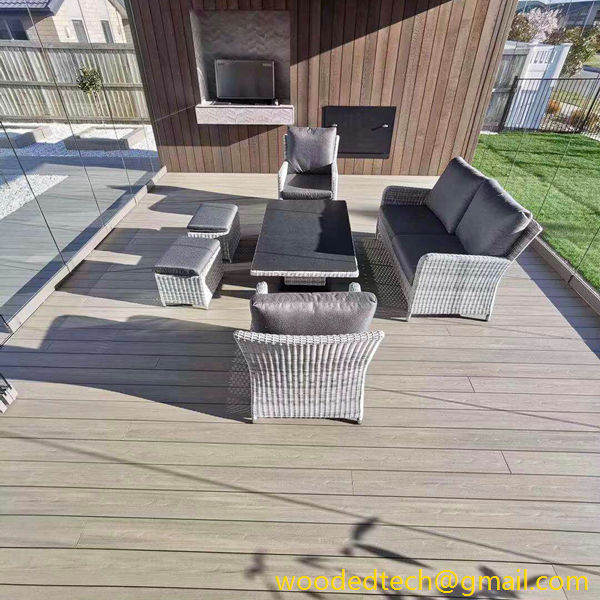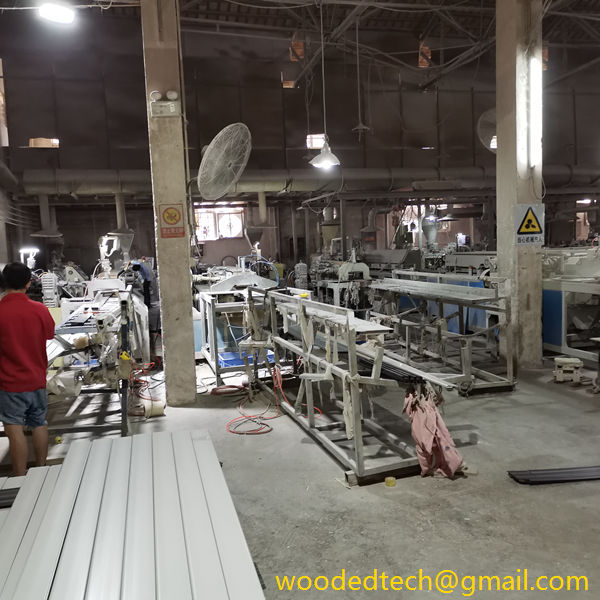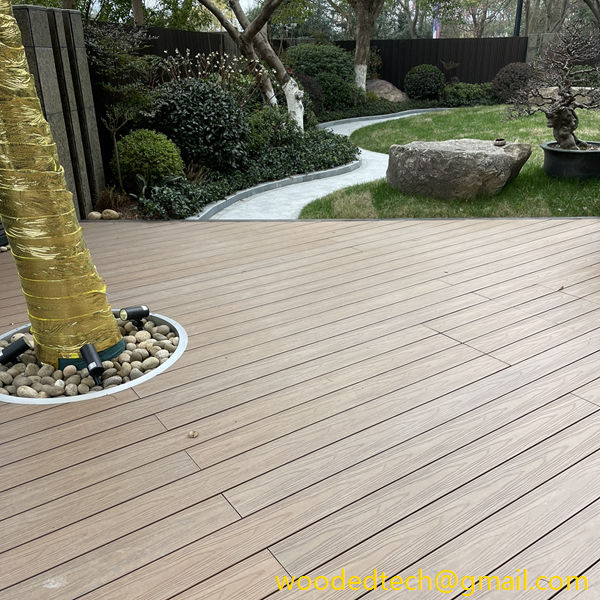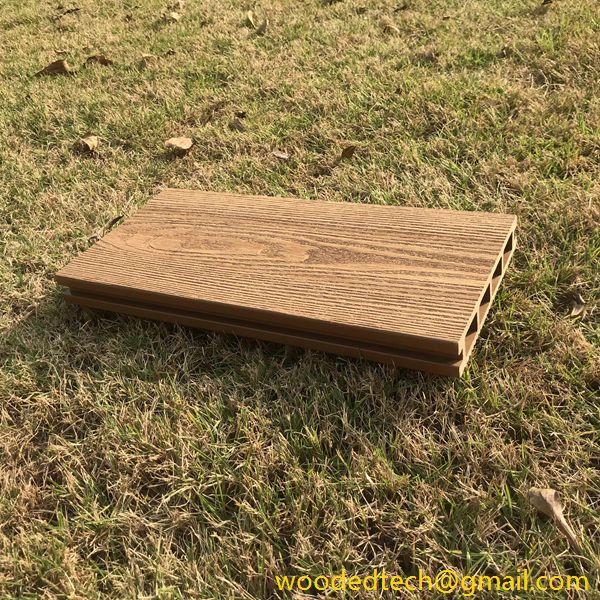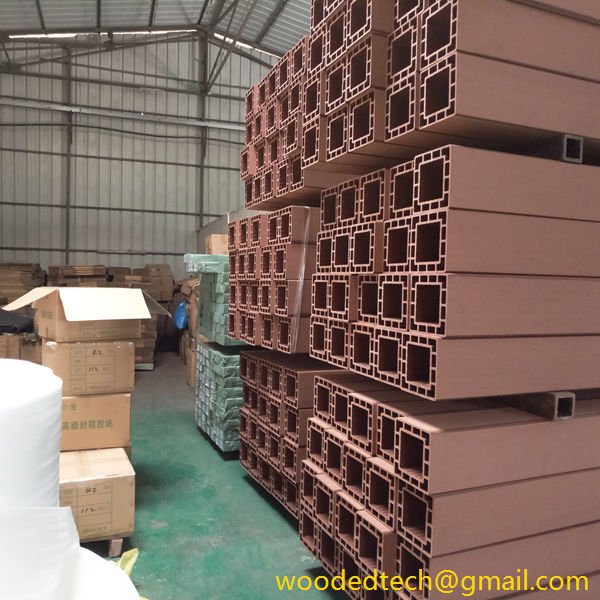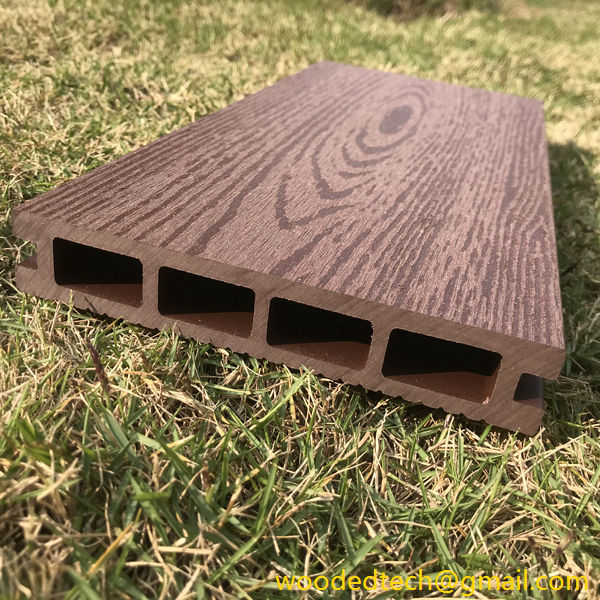Évaluer le prix des revêtements extérieurs en WPC en fonction de votre budget
Évaluer le prix d'un revêtement extérieur en WPC pour votre budget Lorsque vous envisagez d'ajouter un revêtement en bois composite plastique (WPC) à l'extérieur de votre maison, il est essentiel de comprendre les coûts impliqués pour établir un budget efficace. Le bardage en WPC a gagné en popularité en raison de son attrait esthétique, de sa durabilité et du peu d'entretien qu'il nécessite. Cependant, le prix peut varier considérablement en fonction...
Évaluer le prix des revêtements extérieurs en WPC en fonction de votre budget
When considering the addition of wood plastic composite (WPC) cladding to your home’s exterior, understanding the costs involved is crucial for effective budgeting. WPC cladding has gained significant popularity due to its aesthetic appeal, durability, and low maintenance requirements. However, the price can vary widely based on several factors, including material selection, installation costs, and location. In this article, we will explore these aspects in detail to help you evaluate the price of WPC cladding and make an informed decision that aligns with your budget.
One of the first considerations when evaluating WPC cladding prices is the range of customizable materials available. WPC cladding is composed of a mixture of wood fibers and plastic, which not only makes it an environmentally friendly choice but also allows for a variety of finishes, colors, and textures. The customization options can significantly affect the price. For instance, cladding that mimics the look of natural wood may be more expensive due to the advanced manufacturing processes involved. Additionally, specific colors or finishes that require special pigments or treatments can also increase costs.
When selecting WPC cladding, it is essential to assess the quality of the materials. Higher-quality WPC cladding often comes with a higher price tag but offers greater durability and a longer lifespan. Cheaper options might save you money upfront, but they may not withstand the elements as well, leading to potential replacement costs in the future. Therefore, it is crucial to strike a balance between cost and quality to ensure that you are making a wise investment.
Installation is another significant factor that can impact the overall price of WPC cladding. While some homeowners may consider a DIY approach to save on labor costs, it is crucial to recognize that improper installation can lead to problems down the line. Hiring a professional installer may incur additional costs, but it often results in a better finish and longer-lasting performance of the cladding. When evaluating installation costs, consider obtaining multiple quotes from contractors to find a competitive rate while ensuring they have experience with WPC materials.
Location also plays a critical role in determining the price of WPC cladding. In areas where demand for exterior cladding is high, you may find prices to be elevated due to market conditions. Additionally, transportation costs can add to the overall expenditure, especially if you are sourcing materials from a distant supplier. It is advisable to research local suppliers and contractors to get the best rates and to understand the market conditions in your area.
Another aspect to consider is the maintenance requirements of WPC cladding compared to traditional wood. One of the significant advantages of WPC is its low maintenance nature. Unlike natural wood, which requires regular staining, sealing, or painting to maintain its appearance and prevent deterioration, WPC typically only needs occasional cleaning with soap and water. This reduced maintenance can translate into long-term savings, making WPC a more economical choice in the long run, despite potentially higher initial installation costs.
Moreover, it is essential to factor in the longevity of WPC cladding when evaluating its price. WPC materials are designed to withstand various weather conditions, resist mold and mildew, and resist fading from UV exposure. This durability means that you are less likely to encounter frequent repairs or replacements, which can save you money over time. By considering the lifespan of the material in conjunction with its initial cost, you can better understand the value it brings to your home.
Another critical consideration is the potential return on investment (ROI) that WPC cladding can provide. Enhancing the exterior of your home with high-quality cladding can increase its curb appeal, potentially raising its market value. If you plan to sell your home in the future, investing in WPC cladding may yield a favorable return by attracting buyers who appreciate low-maintenance, sustainable materials.
When budgeting for WPC cladding, it is also wise to account for any additional features or upgrades you may want to incorporate. For instance, you might consider adding insulation, improving weatherproofing, or integrating advanced fastening systems for a more secure installation. While these additions can increase upfront costs, they may enhance the overall performance and longevity of the cladding.
In conclusion, evaluating the price of WPC cladding for your budget involves a comprehensive analysis of various factors, including material quality, installation costs, location, maintenance, and potential return on investment. The wide range of customizable materials available allows homeowners to select options that best suit their aesthetic preferences and financial constraints. By taking the time to research and compare different options, you can ensure that your investment in WPC cladding aligns with your budget and meets your long-term needs. Ultimately, the goal is to enhance the exterior of your home while ensuring durability and minimizing future expenses.

